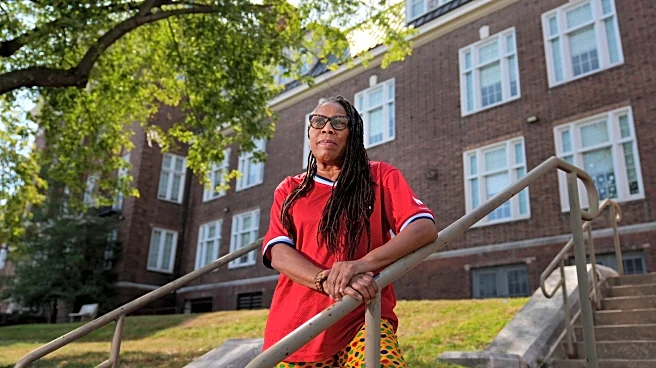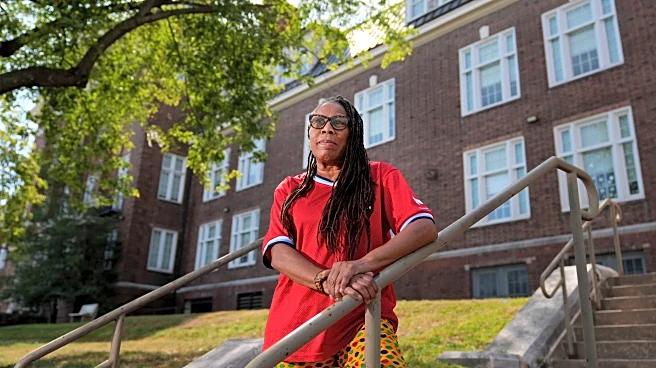What's Happening?
In 2024, millennials aged 28 to 43 continued to play a dominant role in the U.S. housing market, accounting for nearly half of all mortgage applications in the top 50 metropolitan areas. This trend persists despite a slight decrease in applications compared to the previous year. A study by LendingTree highlights that millennials are drawn to tech hubs such as San Jose, Seattle, and San Francisco, where high incomes, career opportunities, and quality of life amenities are prevalent. These areas also saw the highest average down payments from millennials, with San Jose leading with amounts exceeding $200,000. The dip in millennial mortgage applications is attributed to rising home prices and interest rates, alongside Gen Z's growing presence in the housing market, which is shifting dynamics as they seek more affordable housing options.
Why It's Important?
The continued dominance of millennials in the housing market underscores their significant influence on real estate trends, particularly in tech-centric regions. This demographic's preference for homeownership is driven by the desire for stability and improved financial access compared to younger generations. The high demand in tech hubs reflects the concentration of high-paying jobs in these areas, which supports millennials' ability to afford substantial down payments. However, the rising costs and interest rates pose challenges, potentially impacting the overall housing market dynamics. As Gen Z enters the market, their preference for affordability may lead to shifts in demand, affecting housing prices and availability in different regions.
What's Next?
As millennials continue to navigate the challenges of rising home prices and interest rates, their influence on the housing market is expected to persist. The entrance of Gen Z into the market may lead to increased competition for affordable housing, potentially driving changes in pricing strategies and availability. Real estate developers and policymakers may need to address these evolving demands by considering more diverse housing options and financial incentives to accommodate both millennials and Gen Z. The ongoing economic conditions and interest rate trends will also play a crucial role in shaping future housing market dynamics.











